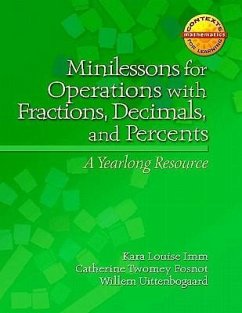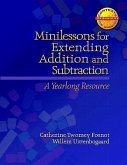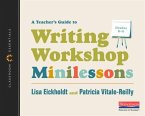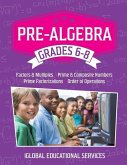Minilessons for Operations with Fractions is a yearlong resource guide in Contexts for Learning Mathematics' Investigating Fractions, Decimals, and Percents (4-6) Minilessons for Operations with Fractions, Decimals, and Percents is a resource of approximately 75 minilessons that you can choose from throughout the year. In contrast to investigations, which constitute the heart of the math workshop, the minilesson is more guided and more explicit, designed to be used at the start of math workshop and to last for ten to fifteen minutes. Each day, no matter what other materials you are using, you might choose a minilesson from this resource to help your students develop efficient computation. You can also use minilessons with small groups of students as you differentiate instruction. The minilessons in this guide were designed to be used in grades 5-6. Each minilesson is crafted as a tightly structured series, or "string," of computation problems designed to encourage students to look to the numbers first, before they decide on a computation strategy. The strings are likely to generate discussion on certain strategies or big ideas underlying an understanding of operations with rational numbers. Although the emphasis is on the development of mental arithmetic strategies, this does not mean learners have to solve the problems in their heads-but it is important for them to do the problems with their heads! In other words, as you use this guide, encourage students to examine the numbers in each problem and think about clever, efficient ways to solve it. The relationships between the problems in the minilesson will support students as they progress through the string. Several models are employed that can be helpful for computation. Money and the clock enable students to work with landmark fractions easily. The double open number line allows for generalizable strategies such as the use of common denominators for addition and subtraction. The open array and the ratio table are used with multiplication and division throughout to represent student strategies. To learn more visit http: //www.contextsforlearning.com







